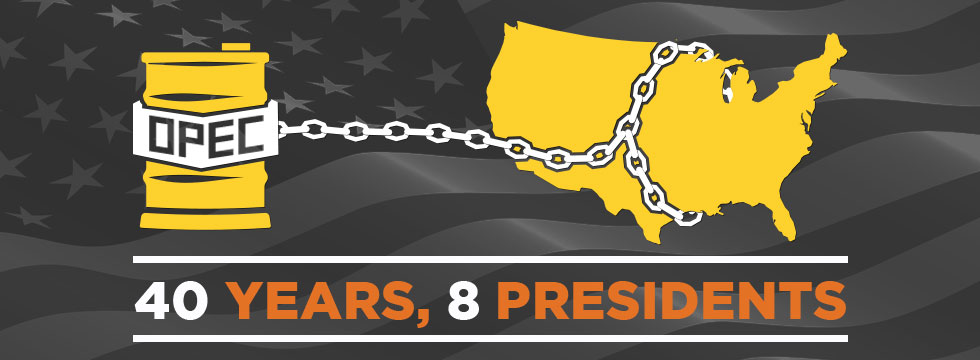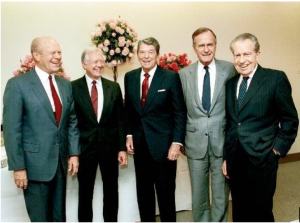
Ever since those days of rationing and long lines at the gas pump that hallmarked our nation’s energy crisis following the 1973 OPEC oil embargo, our country’s leaders have been on a quest toward energy independence.
 Presidents since then have promised that the US would wean itself off reliance on foreign oil and gas. Indeed, “energy independence” has been a long-range presidential promise for more than 40 years.
Presidents since then have promised that the US would wean itself off reliance on foreign oil and gas. Indeed, “energy independence” has been a long-range presidential promise for more than 40 years.
The US response to the embargo comprised three components that today remain the basis for energy policy. First, the government promoted lower oil consumption. Second, more oil was domestically drilled. Third – and perhaps the most important from a foreign-policy standpoint – the US promoted a unified global oil market in which any country that had the practical means could purchase oil from any other.
